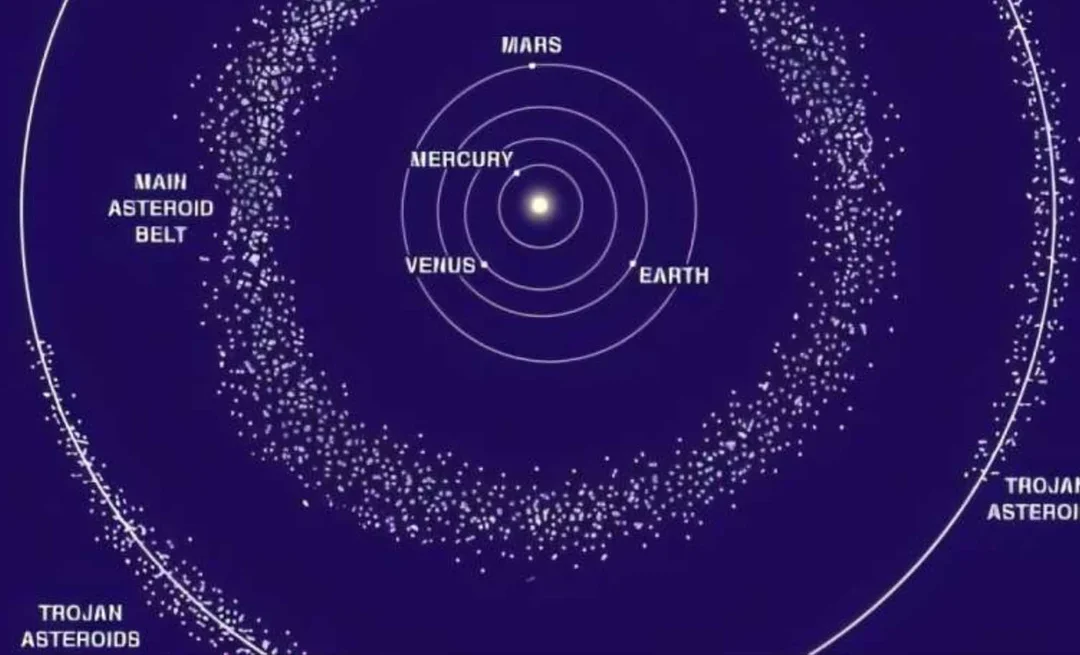
Hidden Asteroids Near Venus Could Pose a City-Killing Threat to Earth
Are we truly safe from cosmic impacts? A recent study highlights a concerning blind spot in our planetary defense: asteroids lurking near Venus. These space rocks, obscured by the sun's glare, could potentially strike Earth with devastating force, leaving us with little to no warning.
The study, published in the journal "Astronomy and Astrophysics," reveals that at least three asteroids—2020 SB, 524522, and 2020 CL1—share Venus's orbit and have unstable trajectories that bring them dangerously close to Earth. These city-killing asteroids measure between 330 and 1,300 feet in diameter, capable of causing widespread destruction, massive fires, and tsunamis upon impact.
“Co-orbital status protects these asteroids from close approaches to Venus, but it does not protect them from encountering Earth,” researchers warned.
The challenges of detecting these Venus co-orbital asteroids are significant. The sun's glare acts as a “cosmic cloaking device,” making them nearly invisible to Earth-based telescopes. This leaves a narrow window of perhaps two to four weeks for observatories like the Rubin Observatory in Chile to spot them, should they be on a collision course.
What makes these asteroids particularly concerning is their potential impact energy. Researchers estimate that a collision from one of these asteroids would create a crater over two miles wide and unleash one million times more energy than the atomic bomb dropped on Hiroshima.
Valerio Carruba, a researcher at the University of São Paulo and lead author of the study, emphasized the need for a dedicated space-based mission near Venus to map and discover these “invisible” potentially hazardous asteroids. The current terrestrial monitoring equipment has limitations, demanding a new approach centered in space to address this issue.
The researchers simulated the potential paths of these asteroids and suggest that their orbits could become unpredictable in just over 150 years. This relatively short timeframe underscores the urgency of developing better detection and mitigation strategies.
“Low-e (low eccentricity) Venus co-orbitals pose a unique challenge because of the difficulties in detecting and following these objects from Earth,” the authors write.
The study highlights a critical gap in our planetary defense system. How can we improve our ability to detect these hidden threats? Could a space-based mission near Venus provide the early warning we need to protect our planet? Share your thoughts and concerns below!